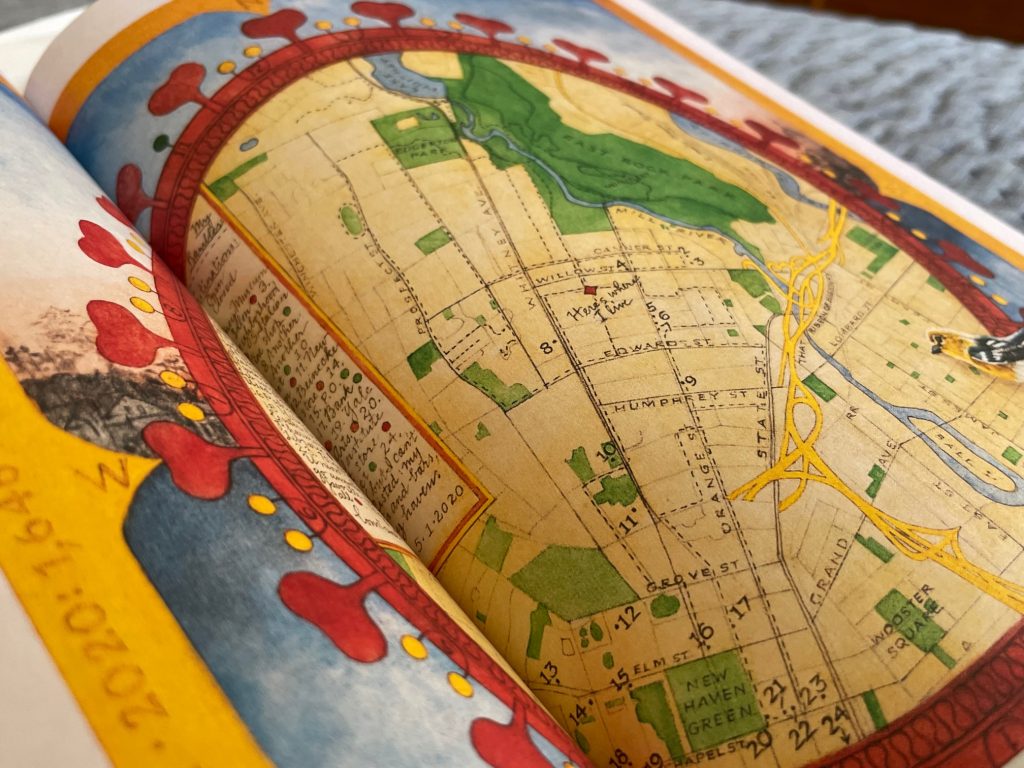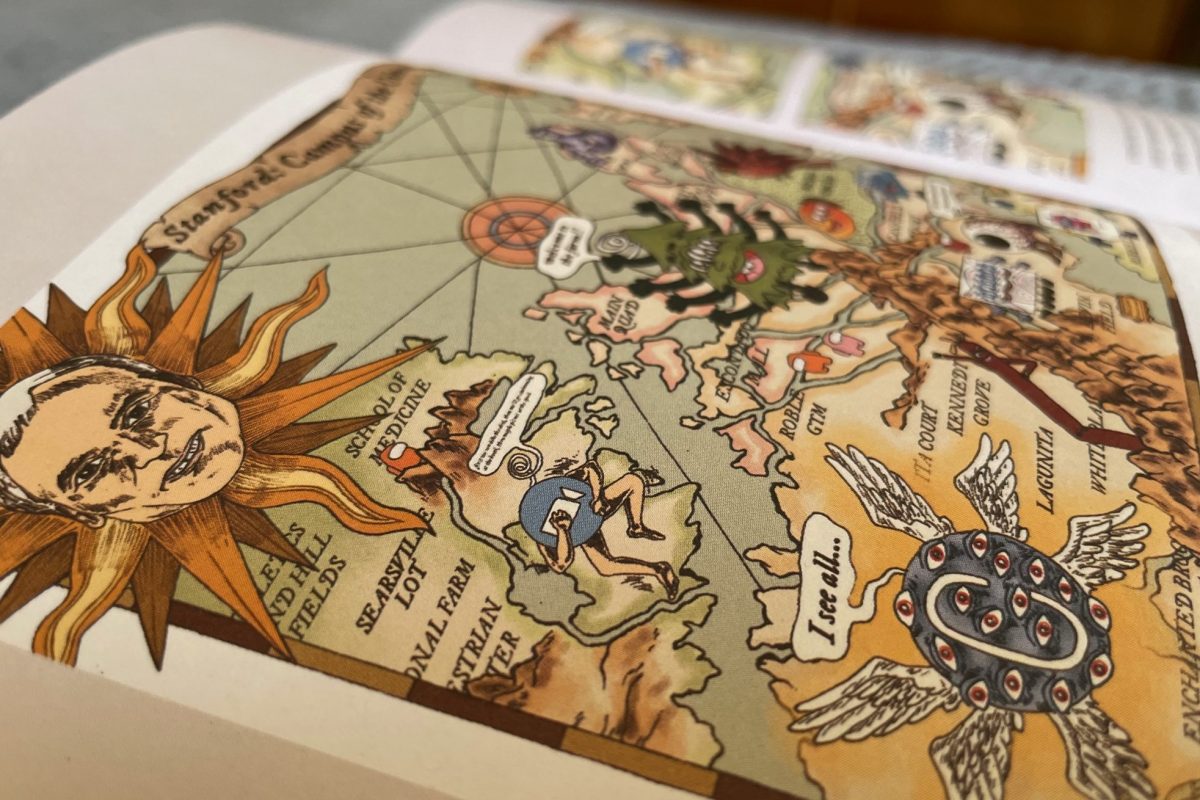Skift Take
The Quarantine Atlas and its 65 homemade renderings is a powerful chronicle of the collective pause we went through as a planet. What better way than through maps to remind the travel industry of what was lost, and how to chart a best, and hopeful, course forward.
In her new book “The Quarantine Atlas, Mapping Global Life Under COVID-19,” Bloomberg CityLab journalist Laura Bliss sets out to explain when why maps mattered during the pandemic. It’s a bit of irony that most of the world was kept from traveling and from ever really needing a map.
“What makes the book you’re holding so valuable (is that it) documents a piece of the emotional turbulence of the world turning upside down. It presents 65 maps made by people living all over the world during the peaks and valleys of the pandemic, paired with the stories they shared.”
Indeed, over the course of nearly 200 pages, The Quarantine Atlas captures the terror, loneliness, monotony as well as the joy of discovery, relearning and the “oasis of care,” as one contributor describes it. The book is filled with vivid hand-drawn cartooning, watercolors and back-of-a-napkin style infographics.

One section of the book highlights what we at Skift have followed closely since the start of the pandemic, which is the shift to visiting the great outdoors in our backyards. In “Natural Callings,” The Atlas states, “With plane trips, movies, concerts, and parties largely out of the question, wilderness and green spaces became places for escape.
“In nature preserves, city parks, and even our own household pets, we found inspiration, adventure, and perspective on the smallness of the human timescale.”
Besides essays from Bloomberg CityLab‘s own writers, the book also includes reflections from an anthropologist planner Dr. Destiny Thomas and Taien Ng-Chan, the chair of the Commission for Art and Cartography at the International Cartographic Association.
When Bloomberg CityLab’s Bliss and Jessica Lee Martin began asking readers in April of 2020 to start sharing homemade maps of their lives, it may have been lost of them that they were giving those readers a chance for therapy and reconciliation. “They helped readers transcend the bounds of lockdown in a way that words could not. In the months and years ahead, we might look back at them and remember how a landscape of crisis and pain also held pockets of possibility and growth,” Bloomberg CityLab Executive Editor David Dudley writes in the book.
For the rest of us, as we watch the world and travel come back to life in 2022, The Quarantine Atlas is a strong reminder of where we’ve been, and of the possibility for brighter horizons ahead of us.
The Daily Newsletter
Our daily coverage of the global travel industry. Written by editors and analysts from across Skift’s brands.
Have a confidential tip for Skift? Get in touch
Tags: coronavirus, maps
